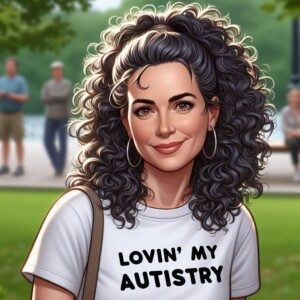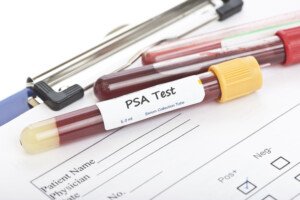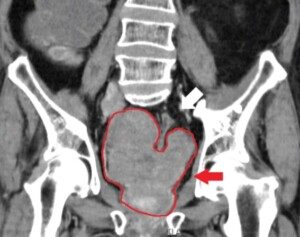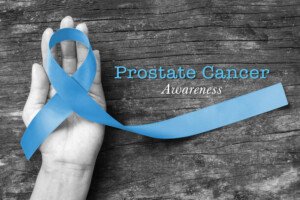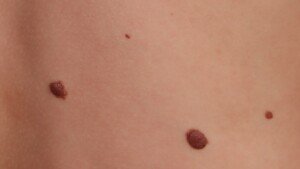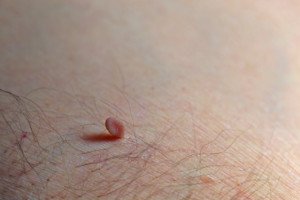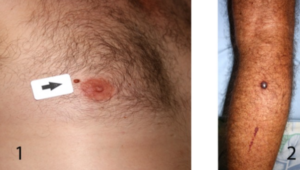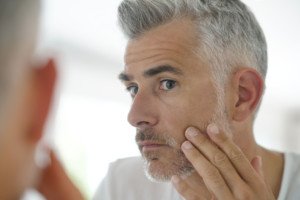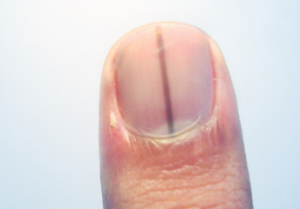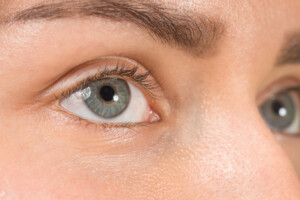It happened again: I met a new autistic woman; she spoke of her hypermobility; I asked if she had EDS; she said yes.
Seems like autism and EDS go hand in hand. But of course, this isn’t literally the case.
I’m autistic and don’t have Ehlers-Danlos syndrome. And many with EDS aren’t autistic, either.
However, it’s no secret that you’ll find EDS much more common among autistic women than you will in just a random sampling of the population.
What’s going on here?
A growing number of studies are trying to figure out why so many autistic women seem to have EDS or related hypermobility conditions. Ehlos-Danlos syndrome is a group of genetic connective tissue disorders.
One big clue came from a 2018 study led by Emily L. Casanova, published in Frontiers in Integrative Neuroscience.
Her team found that autistic women with generalized joint hypermobility reported way more immune and hormonal problems than autistic women without it.
Casanova suggested that both autism and EDS might share some underlying biological pathways — like differences in how the immune and autonomic nervous systems work.
Basically, what affects the body’s connective tissue might also influence brain development and sensory processing.
In 2021, a review by Ida Kindgren and her colleagues in the American Journal of Medical Genetics Part A added weight to that idea.
They noted that people with joint hypermobility or EDS often show higher rates of neurodevelopmental differences, including autism and ADHD.
The researchers proposed that overlapping genetic or biochemical factors could be influencing both connective tissue and the nervous system.
A 2022 study by Martin R. Glans, Journal of Autism and Developmental Disorders, found that in adults with neurodevelopmental conditions, joint hypermobility often acted as a middle link between autism and symptoms like chronic pain, dizziness and fatigue.
In other words, having hypermobile joints might make certain physical symptoms more likely to show up alongside autism traits.
A rudimentary explanation would be that there’s more than one genetic factor that causes autism.
Perhaps one of the genes for autism just happens, by chance, to have material that causes EDS.
Or perhaps a gene that causes EDS also has a configuration that leads to autism.
Another thing to realize is that EDS and hypermobility are more frequently recognized in women.
Many years ago I worked part-time in human services, and through that position I met a woman who’d demonstrate to me her hypermobility.
She could clasp her hands behind her back, and without disconnecting them, bring them to her front.
She could also easily put herself in the yoga lotus position, despite having no yoga or gymnastics training.
At the time, her only diagnosis was a mild intellectual disability. Any quirks she had were attributed to that.
Staff also thought her “fidgeting” was due to excessive caffeine intake.
When I look back, I can clearly see how she was definitely autistic (back then, the public knowledge of autism was the stereotypical severe or Rain Man version).
She’d repeatedly hit her palm into her head when frustrated; stood too close to people when in conversation; had intense eye contact when listening; had a peculiar gait and voice; could be blunt; and the “fidgeting” was primarily that of rocking while seated.
If she didn’t have EDS, she was definitely hypermobile.
But even today, doctors rarely arrange an autism screening when they encounter EDS; and conversely, rarely arrange an EDS screening when they encounter autism.
All told, researchers think this double-diagnosis pattern isn’t random.
The link likely comes from shared biology, nervous system regulation issues and how women are diagnosed.
For now, it’s a reminder that physical and neurological health are more connected than we used to think.
If you’ve been diagnosed with Ehlers-Danlos syndrome, and have always felt out of place or disconnected from people, your first start might be an online autism test to see what it indicates.
These tests aren’t diagnostic; they’re only guidelines. You can start with the Autism Quotient Test.
My neurotypical sister scored 4. Her NT husband scored 15. A score of 26 and over (out of 50) is suggestive of autism.

